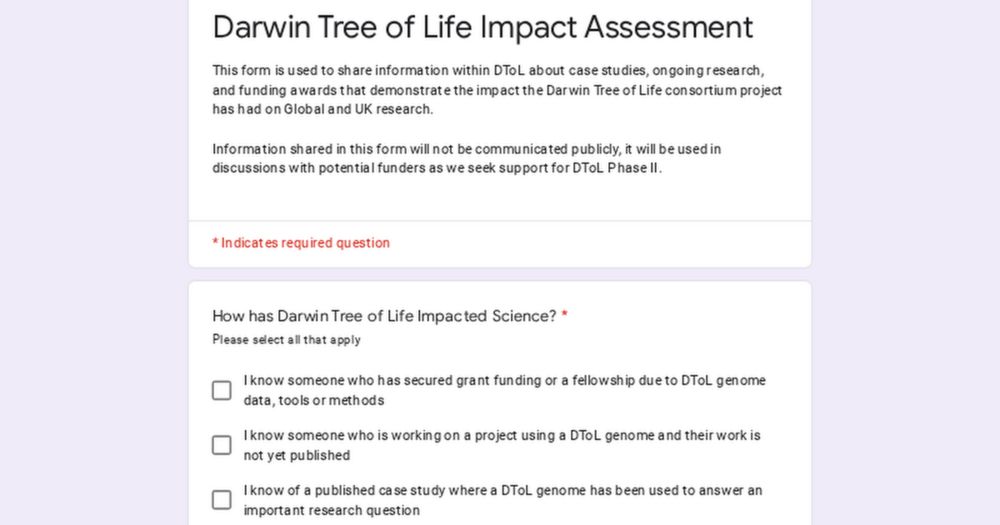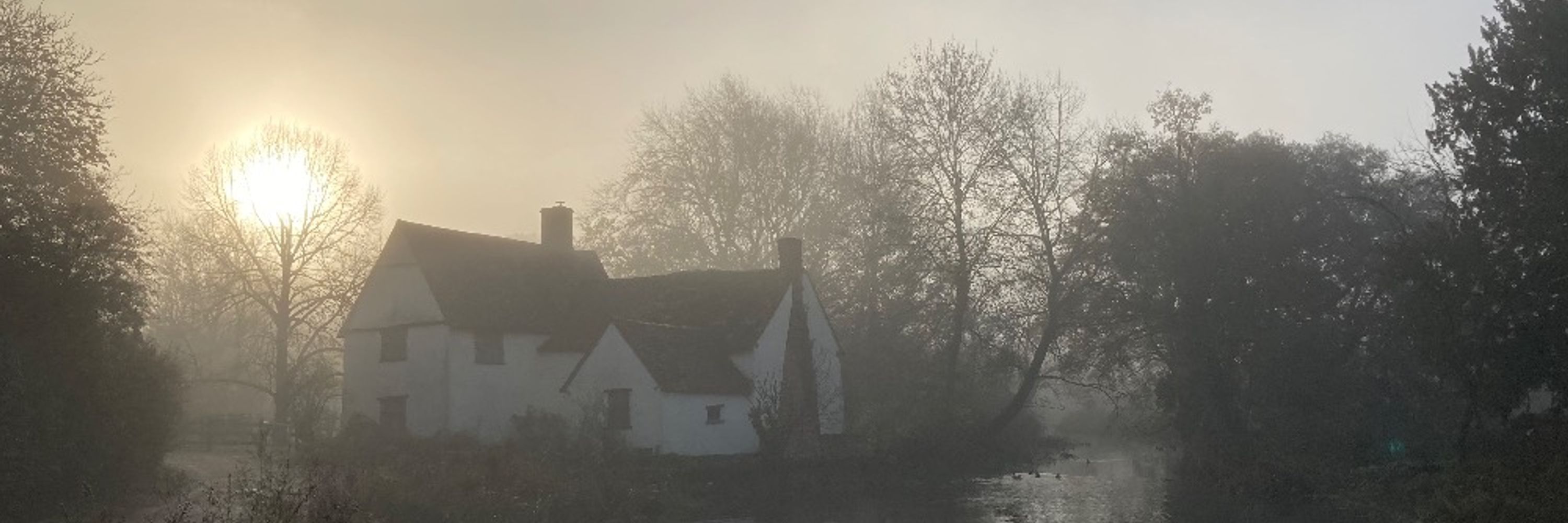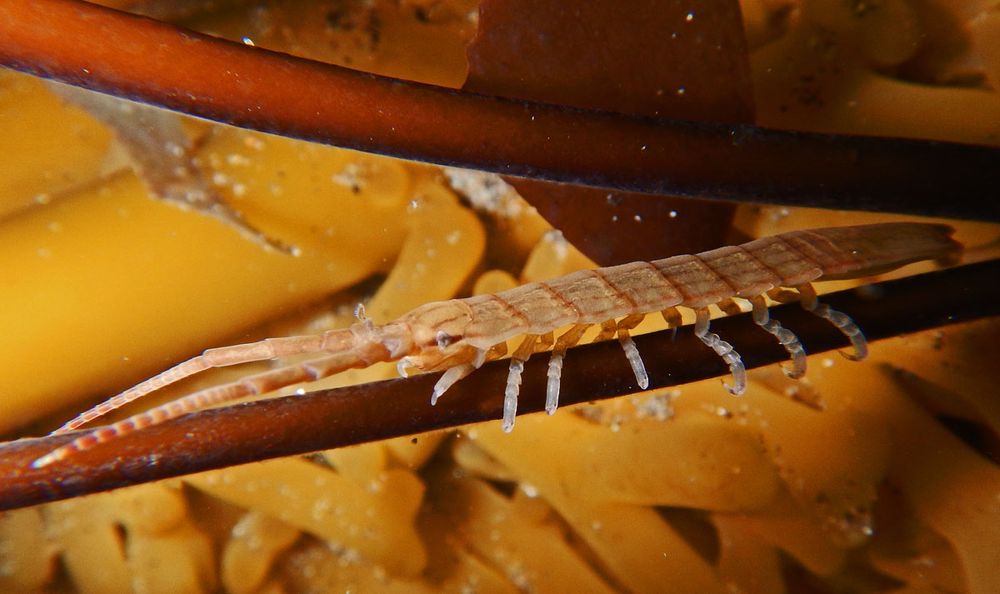Jessica Thomas Thorpe
@jessthorpemas.bsky.social
960 followers
1.1K following
15 posts
Janet Thornton Post-Doc Fellow @darwintreelife @wellcomesangergenome, Cambridge; Phylogenomics of Isopoda; also mammoth, caddisflies, molecular evolution
Posts
Media
Videos
Starter Packs
Reposted by Jessica Thomas Thorpe
Reposted by Jessica Thomas Thorpe
Joana Meier
@joanameier.bsky.social
· Feb 24

Darwin Tree of Life Impact Assessment
This form is used to share information within DToL about case studies, ongoing research, and funding awards that demonstrate the impact the Darwin Tree of Life consortium project has had on Global and...
docs.google.com
Reposted by Jessica Thomas Thorpe
Reposted by Jessica Thomas Thorpe
Reposted by Jessica Thomas Thorpe
Reposted by Jessica Thomas Thorpe
Reposted by Jessica Thomas Thorpe
Reposted by Jessica Thomas Thorpe
Reposted by Jessica Thomas Thorpe
Reposted by Jessica Thomas Thorpe











